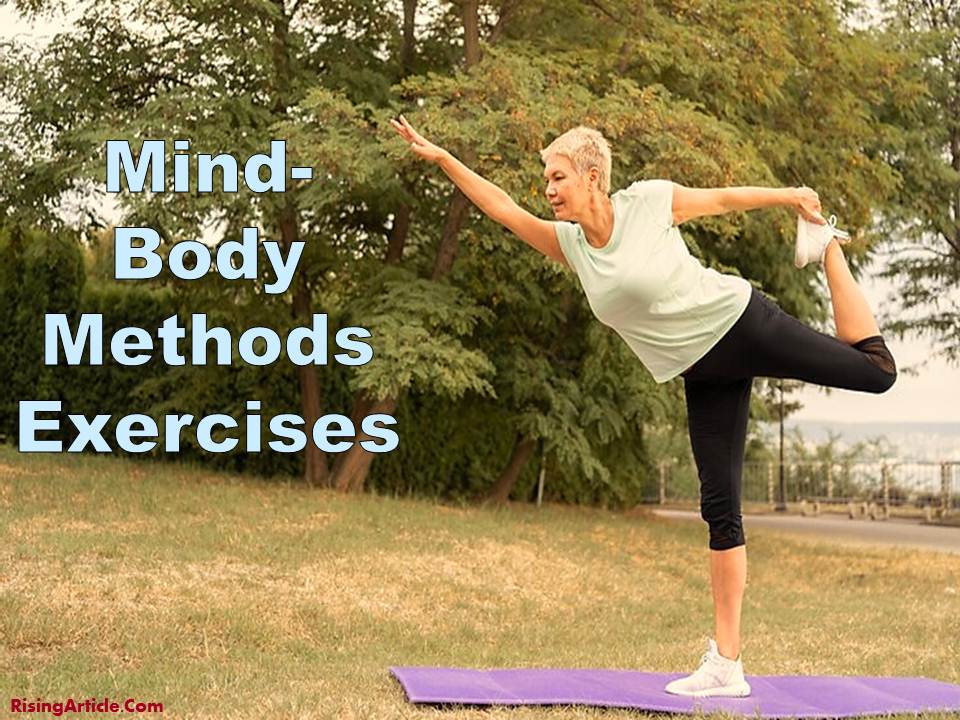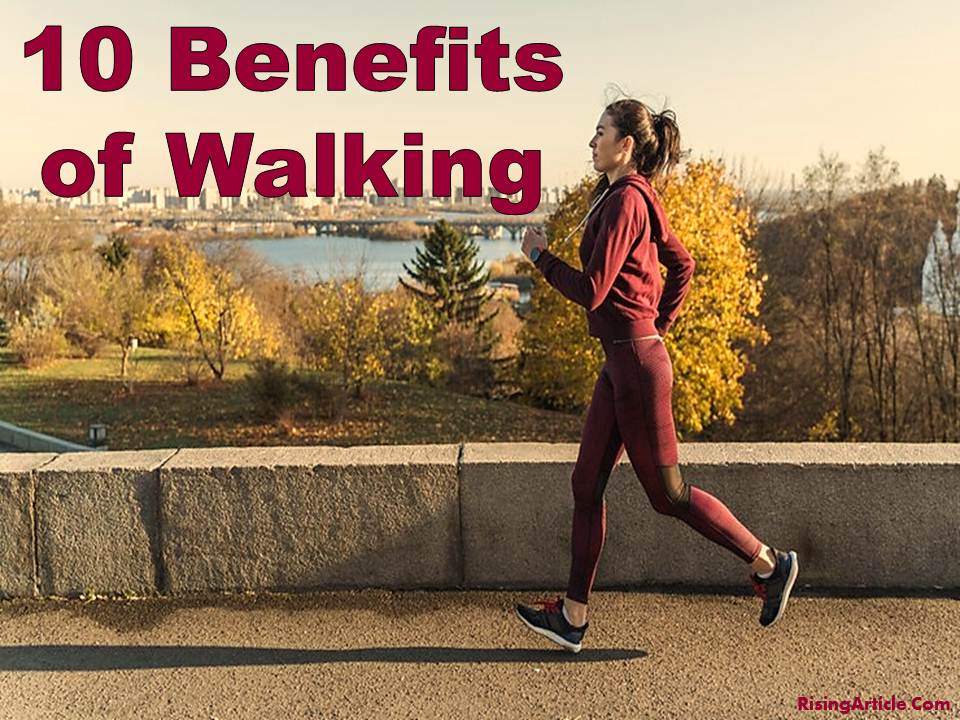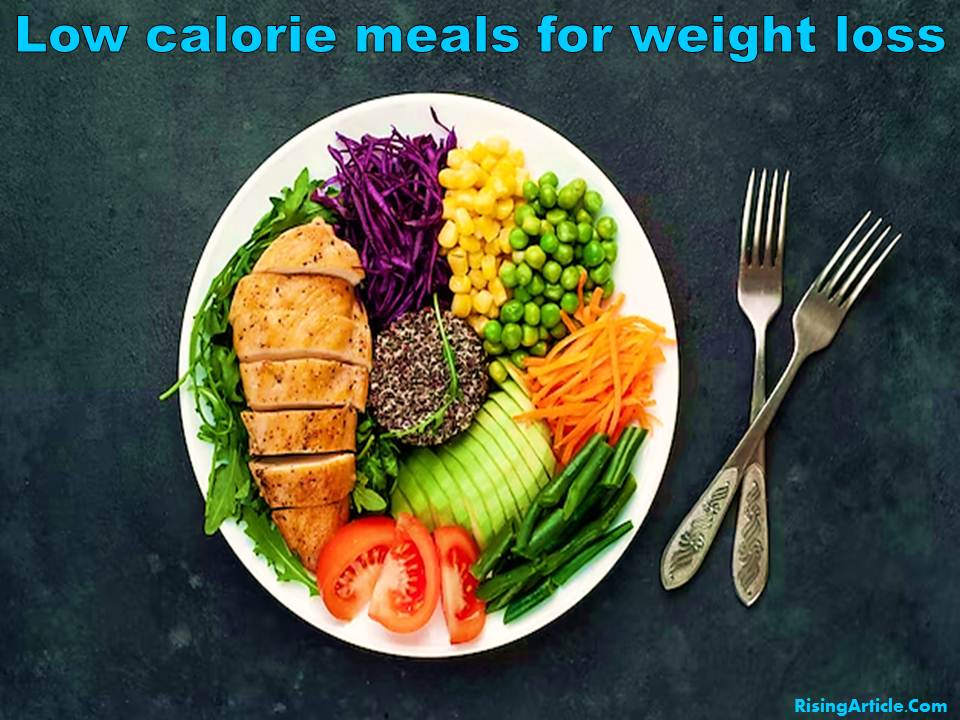The process of growing older is a lovely one, and for women who are over 40, preserving their health and energy is crucial. At this point in your life, the right workouts can be your reliable allies in navigating the physical changes that come with getting older.
We will examine a carefully chosen collection of exercises in this article, “Exercises for women over 40,” that have been specially designed to address the needs of women over 40. These workouts provide you with improved strength, flexibility, and general well-being in addition to helping you stay active. They are essential for living life to the fullest, maintaining an active lifestyle, and making sure you feel and look your best. Let’s start this empowering journey together and learn exercises that will help women over 40 achieve and maintain long-term health and happiness.
Exercises for women over 40
 All ages should exercise, but women over 40 may benefit most from it. Regular exercise can help you keep your strength, flexibility, and general health as you age. It’s critical to select exercises that are suitable for both your current medical condition and level of fitness. Prior to beginning a new fitness regimen, always seek medical advice. For women over 40, the following workout recommendations are provided:
All ages should exercise, but women over 40 may benefit most from it. Regular exercise can help you keep your strength, flexibility, and general health as you age. It’s critical to select exercises that are suitable for both your current medical condition and level of fitness. Prior to beginning a new fitness regimen, always seek medical advice. For women over 40, the following workout recommendations are provided:
Cardiovascular (Aerobic) Exercises
Walking quickly is a great low-impact cardiovascular workout.
Exercises that work the entire body, like swimming and water aerobics, are easy on the joints.
Cycling has the potential to enhance both cardiovascular fitness and leg strength.
Enhancing your balance and coordination while increasing your heart rate can be achieved through dancing.
Strength Training
Planks, lunges, squats, and push-ups can all aid in gaining and preserving muscle mass.
It is possible to increase metabolism and strengthen bones and muscles by using light to moderate weights.
Exercises for Balance and Flexibility
Yoga lowers stress and enhances balance and flexibility.
Pilates focuses on posture, flexibility, and strength of the core.
Tai chi is a low-impact exercise that improves coordination and balance.
High-Intensity Interval Training (HIIT)
In a brief period of time, high-intensity interval training (HIIT) has the potential to enhance cardiovascular fitness and burn calories.
Strengthening the Core
Planks, bridges, and stability ball exercises are a few types of exercises that can support and strengthen the spine.
Position and Adjustment of Posture
Back and neck pain can be lessened by correcting your posture. Incorporate exercises designed to fortify your upper back and shoulders.
Low-Strength Workouts
Try low-impact exercises like elliptical training or using a rowing machine if you have joint problems.
Mind-Body Methods
 Deep breathing techniques, meditation, and mindfulness can lower stress and improve general wellbeing.
Deep breathing techniques, meditation, and mindfulness can lower stress and improve general wellbeing.
Keep in mind that you should begin your workouts gently and increase their intensity over time. It’s also critical to be aware of your body and any pain or discomfort signals. Women over 40 can maintain their health, manage their weight, lower their risk of chronic diseases, and preserve bone density by incorporating a variety of cardiovascular, strength, flexibility, and balance exercises into their exercise routine. Especially helpful can be a customized exercise program designed under the supervision of a physical therapist or fitness expert.
Benefits of Exercises for women over 40
Women over 40 can benefit greatly from exercise, which can improve their overall quality of life, mental and physical health, and both. The following are some of the main benefits of consistent exercise for women in this age range:
As people age, it becomes harder to maintain a healthy weight. Frequent exercise increases metabolism and burns calories, which can help with weight control. Additionally, it aids in the preservation of lean muscle mass, which is necessary to keep a healthy weight.
Engaging in regular exercise can enhance cardiovascular health by lowering the risk of high cholesterol, hypertension, and heart disease. It enhances circulation, fortifies the heart, and reduces the risk of blood clots.
Osteoporosis, a disorder that weakens bones, is more common in postmenopausal women. Strength training and weightlifting are two ways to improve bone density and lower the risk of fractures.
Exercises involving strength training can stop the age-related loss of muscle (sarcopenia) and preserve muscle tone, both of which are essential for injury prevention and maintaining functional independence.
Osteoarthritis and joint pain can be prevented by following a healthy weight and participating in low-impact exercise. Additionally, stronger muscles offer improved joint support.
Exercise may help control the hormonal changes that come with menopause, which may lessen symptoms like mood swings, hot flashes, and insomnia.
Better sleep patterns are a result of regular physical activity, and sleep is vital for general health and energy levels.
Stress, anxiety, and depression can all be effectively reduced with exercise. It encourages endorphin release, which has been shown to enhance mood and mental health in general.
Exercise can increase insulin sensitivity, which lowers the risk of type 2 diabetes and aids in blood sugar regulation.
Exercises that improve balance and coordination, such as yoga, can lower the risk of falls and injuries.
Higher levels of cognitive function and a lower chance of cognitive decline with aging have been associated with regular physical activity. It can support the maintenance of problem-solving, memory, and focus.
By increasing general fitness, mobility, and self-esteem, exercise improves quality of life.
Sports participation and group fitness classes are excellent ways to build social networks and fight feelings of loneliness.
A longer life expectancy and a lower chance of dying young from a variety of causes have been linked to regular exercise.
Exercise can help with long-term pain (like back pain) and lessen the need for painkillers.
Before beginning any new exercise program, it’s important to speak with a medical professional, especially if you have any underlying health issues or concerns. They can offer advice on the best workouts and regimens for your particular requirements and objectives. For women over forty, there are long-term benefits to exercising consistently and incorporating it into your lifestyle.
Conclusion:
For women over 40, exercise is essential to a fulfilling and healthy life. Frequent physical activity has numerous advantages for mental and emotional health in addition to physical health. Exercise is an effective tool for women in this age group, helping them to maintain a healthy weight, preserve bone density, improve heart health, and generally improve their quality of life.
It gives them the strength and resilience to face the obstacles of aging head-on, enabling them to continue being active, retaining their independence, and taking pleasure in their everyday pursuits. Exercise improves mental acuity, emotional equilibrium, and general vitality in addition to protecting against a number of age-related ailments.
When women over 40 start their fitness journeys, it’s critical to approach exercise with a sustainable and well-rounded exercise plan. Making sure the selected activities fit each person’s needs and abilities can be ensured by speaking with personal trainers, fitness experts, and healthcare professionals. One step is all it takes to start living a healthier, more fulfilling life, and the benefits are immeasurable, ranging from physical health to a deep sense of fulfillment and well-being. Put on your sneakers, get out your yoga mat, or jump into the pool—the road to a better, happier version of yourself is waiting for you.




